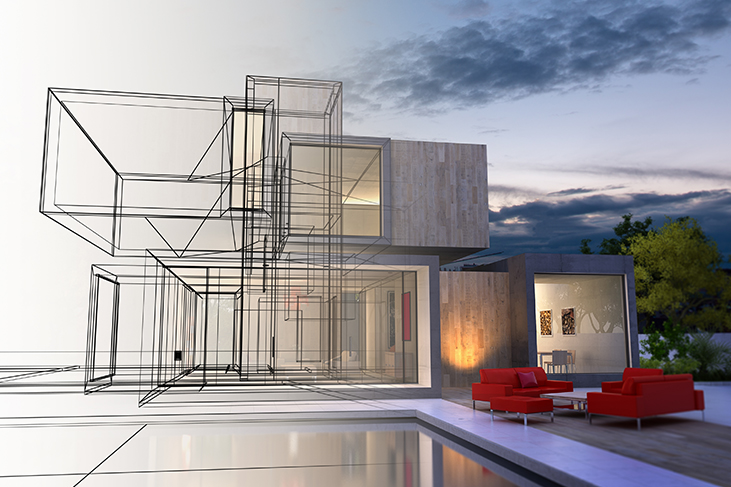In the world of 3D rendering technology, the possibilities are seemingly endless. From animation and design to virtual reality, 3D rendering technology is transforming the way we see objects. With the advent of modern technology, 3D rendering is now capable of creating highly detailed, life-like images from objects that were once impossible to see.
Architectural Rendering is the process of creating three-dimensional images from a two-dimensional data source. There are several different types of 3D rendering, including ray tracing, rasterization, and global illumination. Each of these processes involve different levels of complexity and can be used to create different types of images. Ray tracing is the most common type of 3D rendering and is used to create photorealistic images. Rasterization is used to create a more simplified image and is used for things like video games. Global illumination is a more advanced type of rendering and is used to create realistic lighting and shadows in the image.

Image Source = Google
The possibilities of 3D rendering are nearly limitless. From architectural design and visual effects to medical imaging and engineering, 3D rendering technology is revolutionizing the way we view objects. By using 3D rendering technology, designers and engineers can create highly detailed, life-like images of objects that can be used to create products, simulate processes, and visualize complex scenarios.
3D rendering technology has also been used to create stunning visual effects for movies and television. By using 3D rendering, filmmakers can create highly realistic images that were previously impossible to create. 3D rendering technology can also be used to create virtual reality experiences. By using 3D rendering, users can explore virtual worlds and experience immersive environments.
3D rendering technology is also being used in the medical field to create detailed images of organs and tissues. By using 3D rendering, medical professionals can get a better understanding of how different medical procedures will affect the body. 3D rendering is also being used to create detailed images of living organisms, allowing scientists to better understand the structure and function of living organisms.